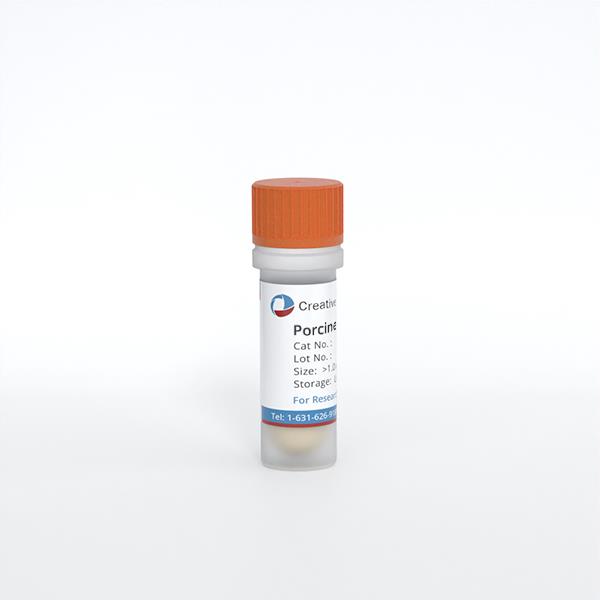ONLINE INQUIRY

Porcine Small Intestinal Fibroblasts
Cat.No.: CSC-C4901L
Species: Pig
Source: Small Intestine; Intestine
Cell Type: Fibroblast
- Specification
- Q & A
- Customer Review
Never can cryopreserved cells be kept at -20 °C.
Under normal conditions, the culture medium is reddish. If the cells are maintained at pH 6.5-6.6, the medium turns yellow, indicating that the metabolites in the culture medium have accumulated to a certain amount, the cells will fall off and die, and it is necessary to replace the fresh culture medium. Generally, the culture medium should be changed once every 1~2 days when the cells are growing vigorously, and once every 3~4 days when the cells are growing slowly. For resuscitated cells, it is recommended to change the culture medium every other day.
Ask a Question
Average Rating: 4.0 | 1 Scientist has reviewed this product
Delighted
I have been using Creative Bioarray for years and I have always been delighted with their products and services.
12 Aug 2023
Ease of use
After sales services
Value for money
Write your own review

